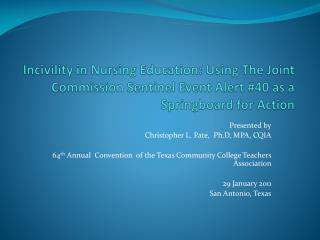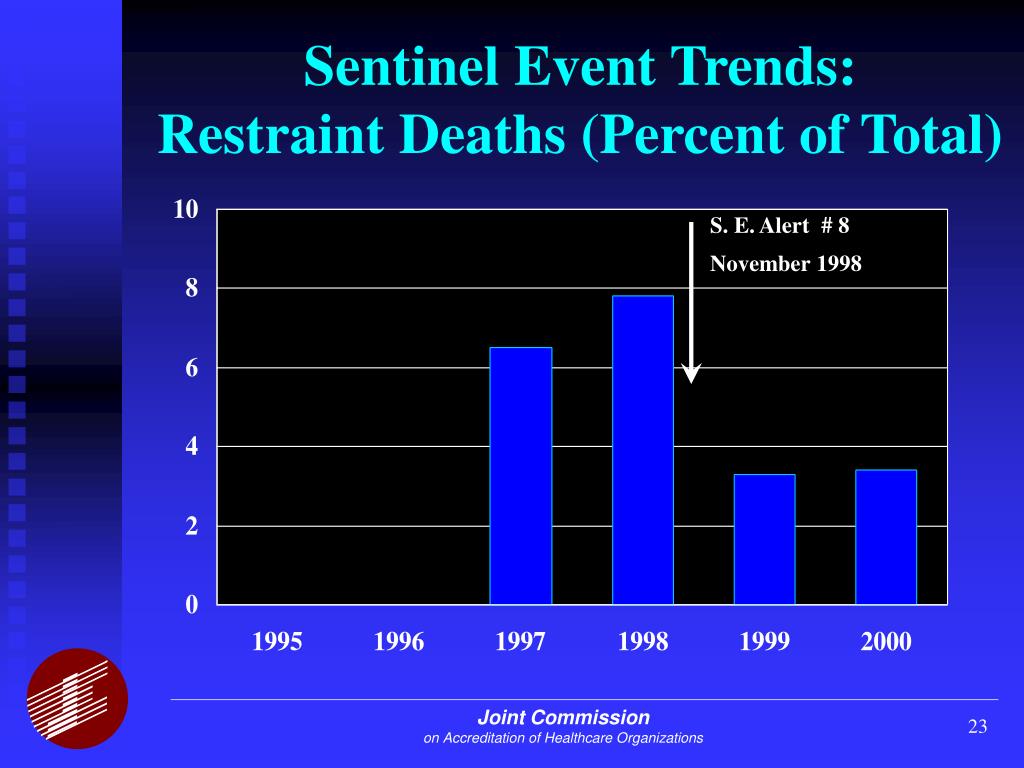

Many interventions to prevent falls and fall-related injuries have been tested. Falls with serious injury are the costliest with additional costs to hospitals of $27,000 ( Wu, Keeler, Rubenstein, Maglione, & Shekelle, 2010). Adjusted to 2010 dollars, one fall without serious injury costs hospitals an additional $3,500, while patients with more than 2 falls without serious injury have increased costs of $16,500. Of these, 6 to 44% experience similar types of injury (e.g., fracture, subdural hematomas, or excessive bleeding) that may lead to death.

Of those, 30 to 51% of falls in hospitals result in some injury ( Oliver, Healey, & Haines, 2010). In the hospital setting, falls continue to be the number one adverse event with approximately 3-20% of inpatients falling at least once during their hospitalization. Regardless of the type of fall, injuries can occur in all types of falls, and programs are designed to prevent falls as well as fall injuries.įalls represent a major public health problem around the world.

Falls can be categorized as anticipated, accidental, and physiological ( Morse, 1997). Fall measurements have been identified as important to patient outcomes by several organizations. Falls and Fall Injury in Hospitalsįall measurements have been identified as important to patient outcomes by several organizations based on the fact that falls are the most frequently reported adverse patient event among adults in the inpatient setting ( Currie, 2008).

This article showcases the components of a patient safety culture and the integration of these components with fall prevention, role of nurses, and high reliability. A framework for applying the concepts of high reliability organizations to falls prevention programs is described including determining the impact at the patient, unit, and organizational level. White, PhD, RN, CPHQ, FNAHQ, NEA-BCĪdvancing measurement and improvement around falls prevention in the hospital is important as falls are a nurse sensitive measure and nurses play a key role in this component of patient care ( AHRQ, 2012 Quigley, Neily, Watson, Strobel, & Wright, 2007 White, 2012). Additionally, she provides on going consultation to the nursing staff, quality management, and patient safety coordinators for management of complex patients at risk for falls. She leads an interdisciplinary clinical team in the development of evidence-based assessment tools and clinical guidelines related to assessing veterans’ risk for falls and fall-related injuries across multiple medical centers. As Associate Chief, Nursing Service for Research and nurse researcher, she is responsible for advancing nursing and interdisciplinary knowledge, skills, and capacity for the conduct of research and research translation. Her contributions to patient safety, nursing, and rehabilitation are evident at a national level, with emphasis on clinical practice innovations designed to promote elders’ independence and safety. Email: Patricia Quigley, PhD, ARNP, CRRN, FAAN, FAANP, Associate Director, VISN 8 Patient Safety Center of Inquiry, is both a Clinical Nurse Specialist and a Nurse Practitioner in rehabilitation.


 0 kommentar(er)
0 kommentar(er)
